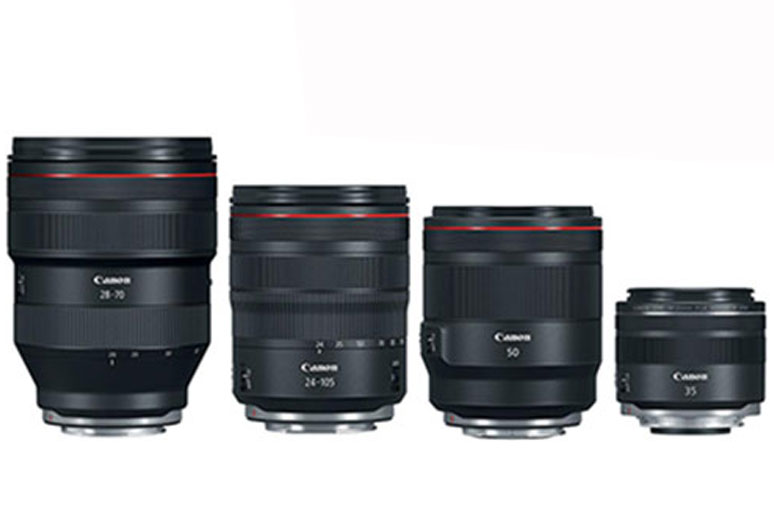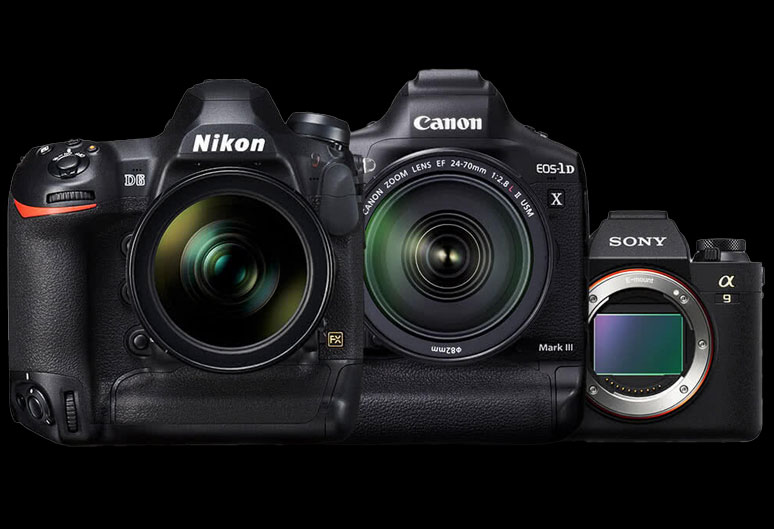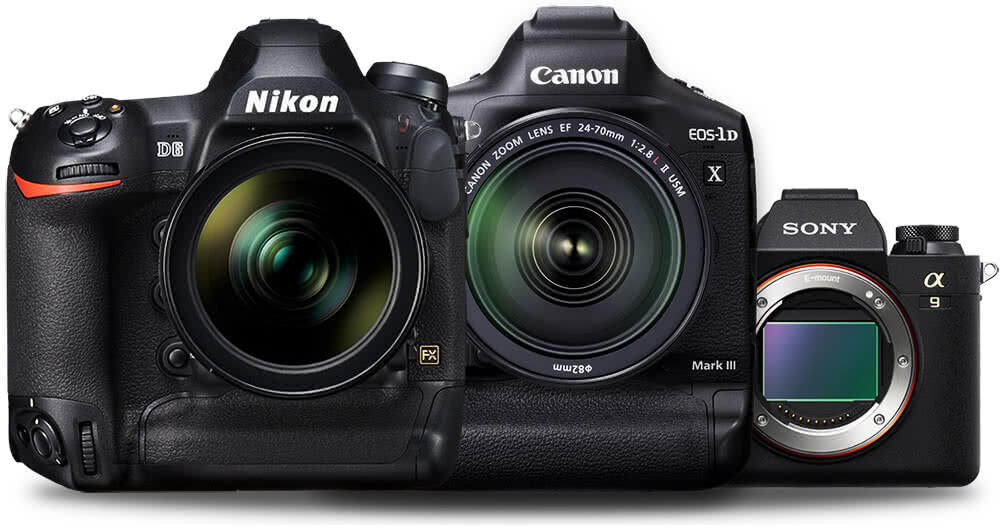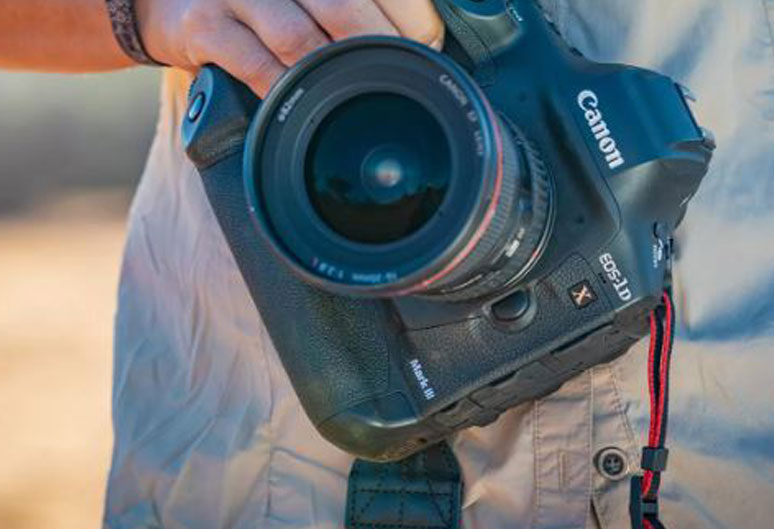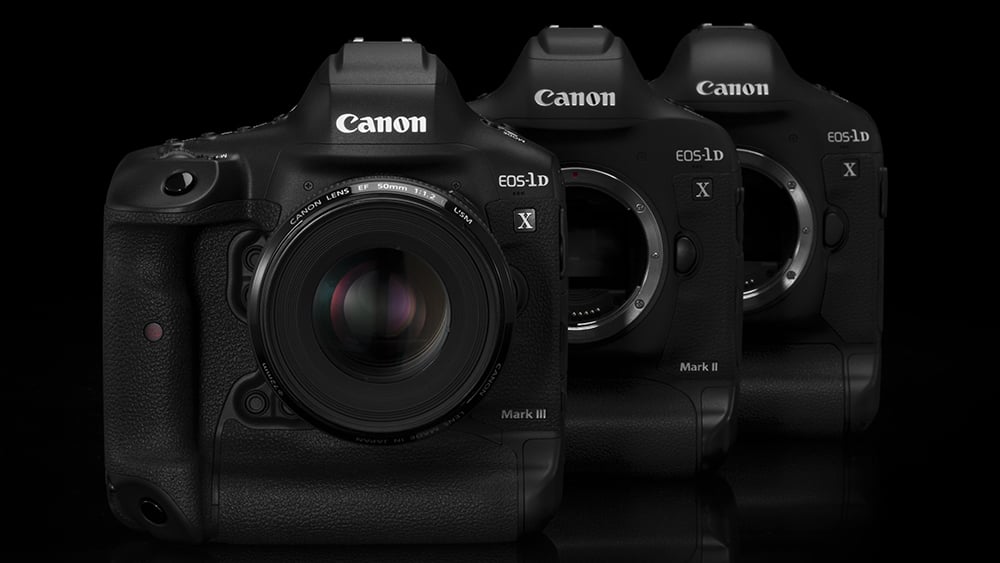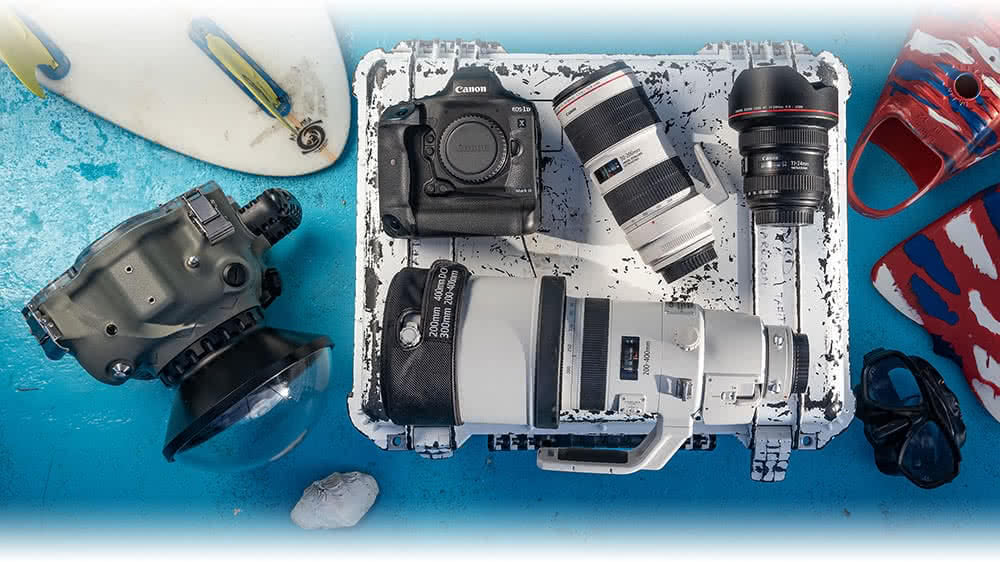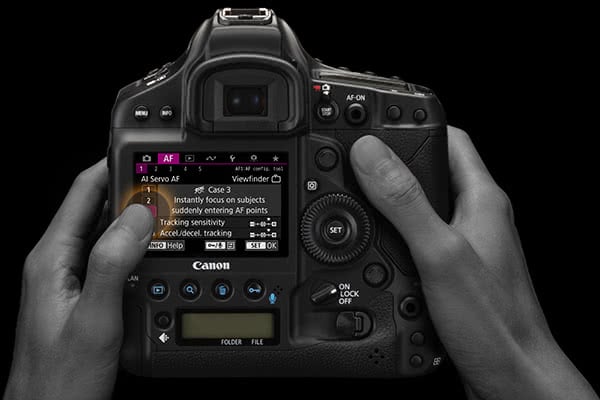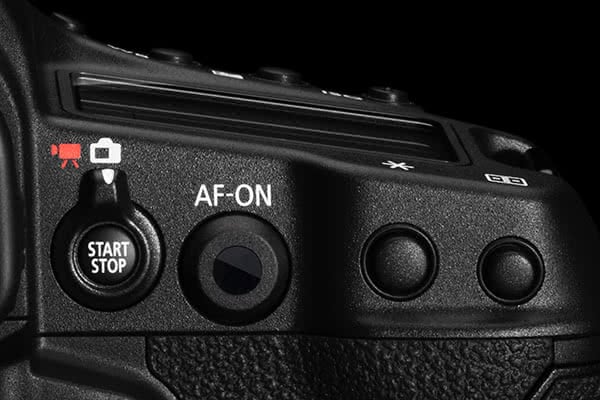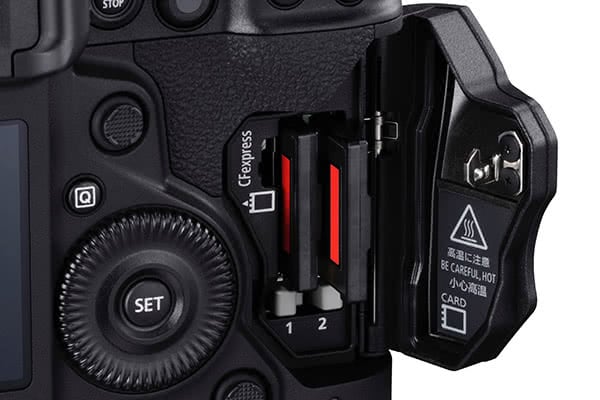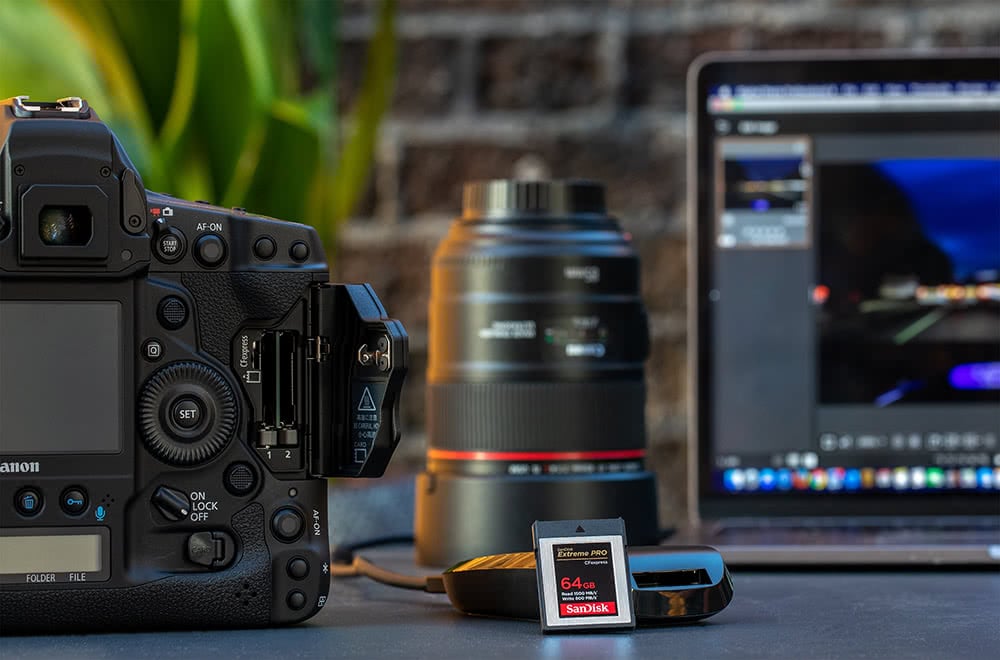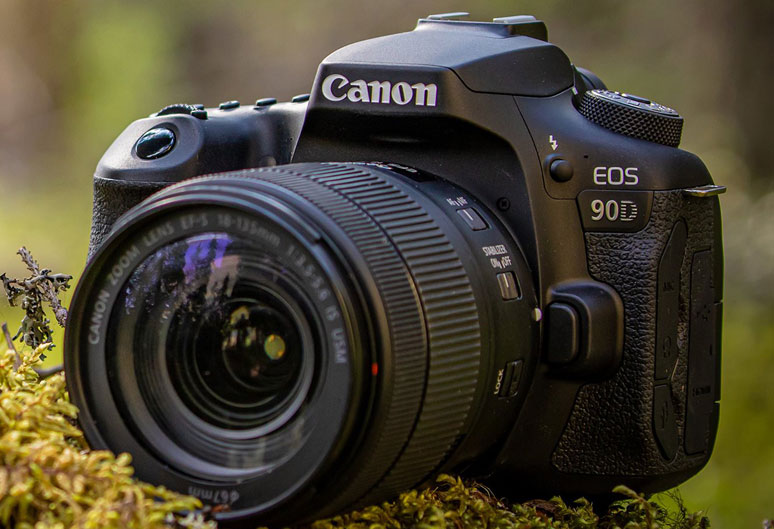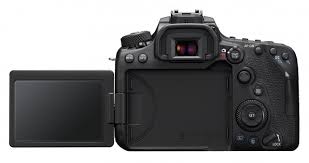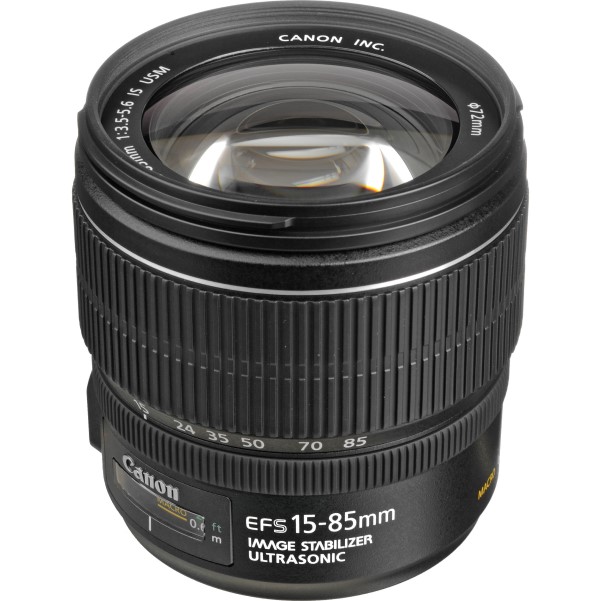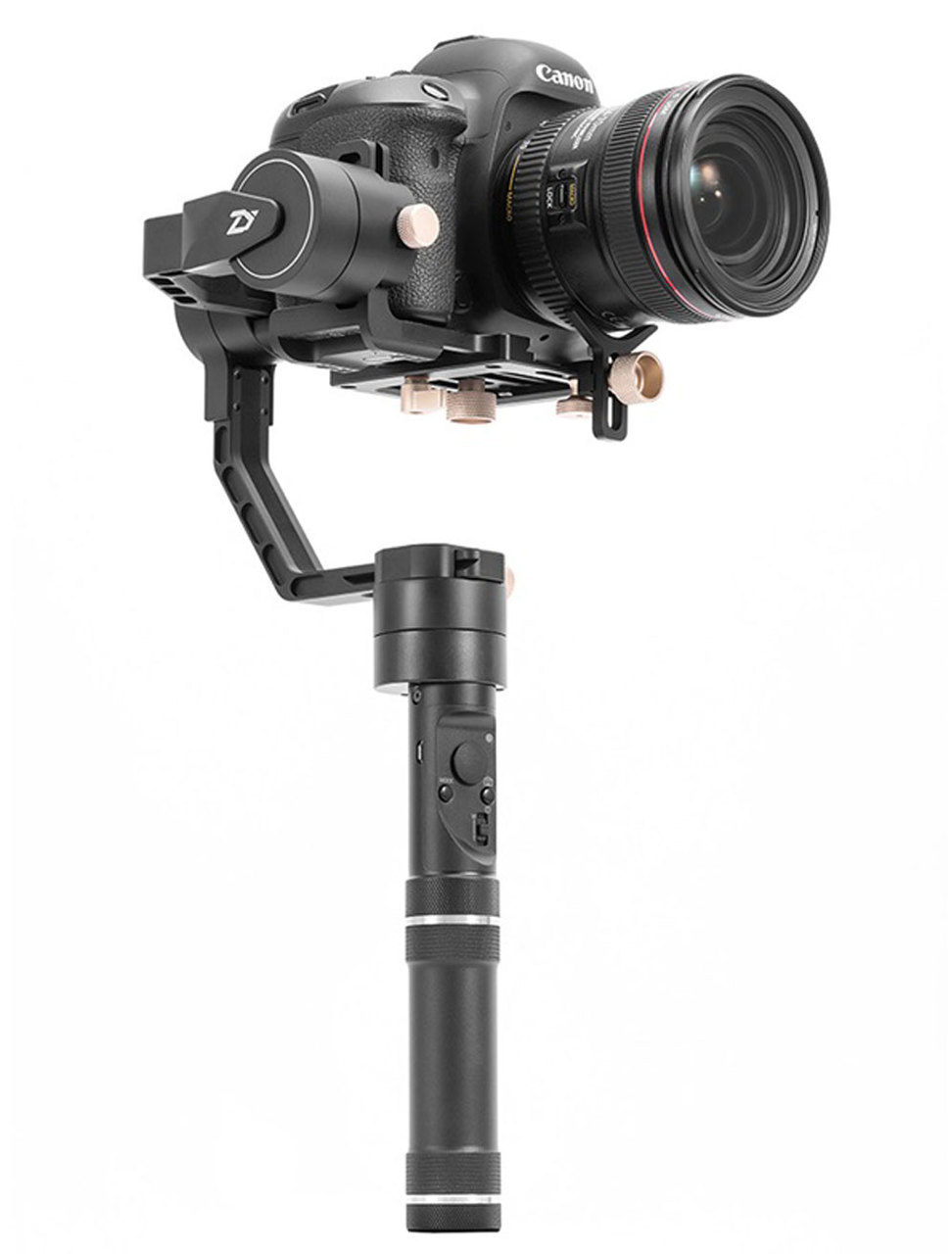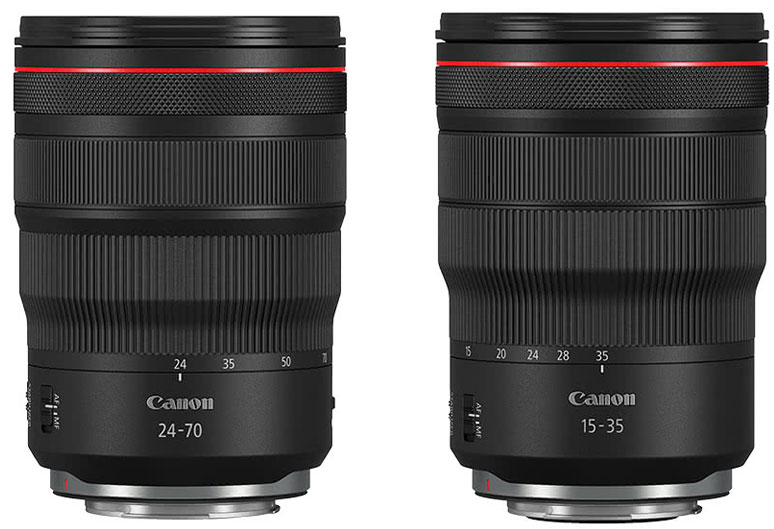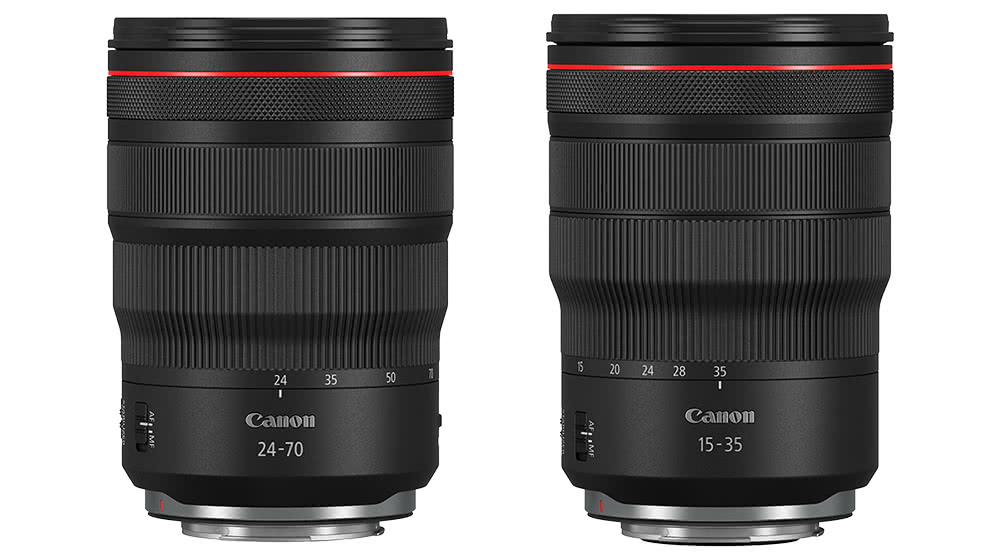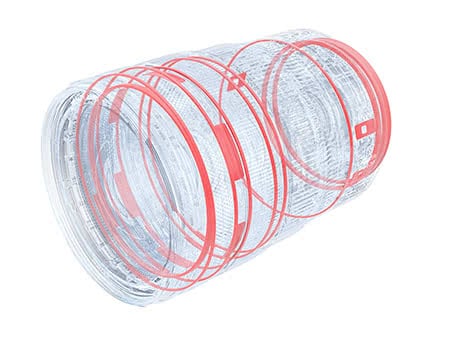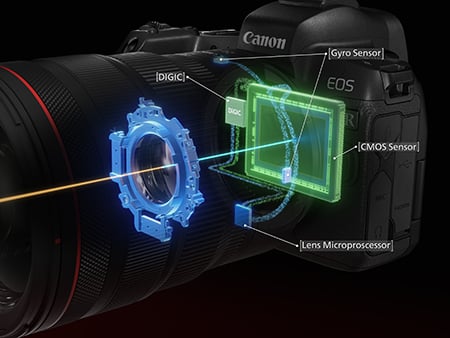Today Canon announces its biggest update to the mirrorless EOS R system to date. Alongside two new full-frame bodies Canon has launched four new RF mount lenses, and two teleconverters. The Canon RF lens count is now 15 strong.
Read our close up article on the RF lenses vs EF lenses to discover the benefits of the RF system.
To speak to our sales team about how the lenses can work for you, or to put your name on our order list, call us on 0207 582 3294 or email sales@fixationuk.com
The Lenses released are:
- RF 85mm f2 Macro IS STM
- RF 100-500mm f4.5-7.1L IS USM
- RF 600mm f11 IS STM
- RF 800mm f11 IS STM
- Extender RF 1.4x
- Extender RF 2x
RF 85mm f2 Macro IS STM
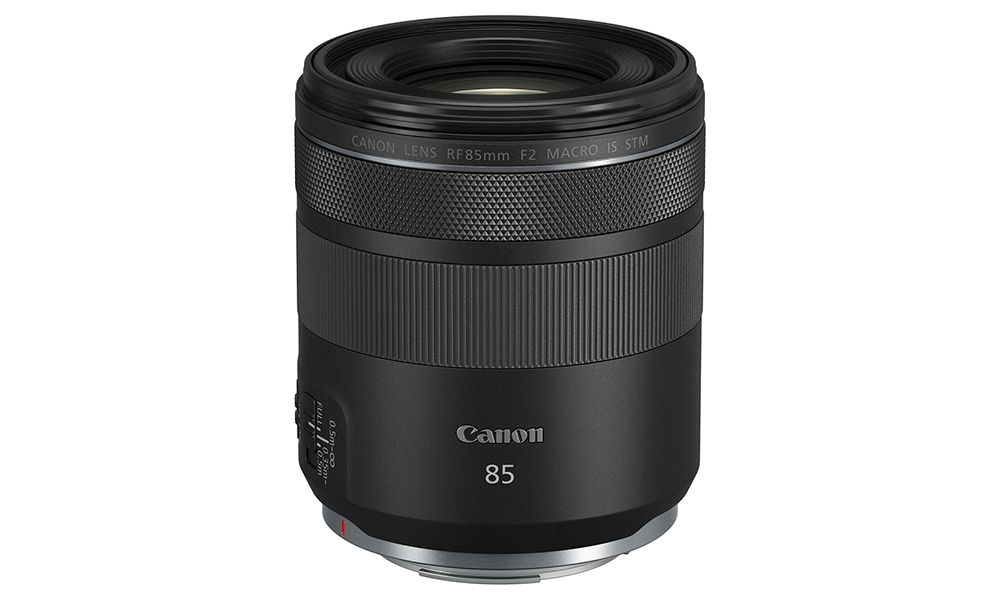
RF 85mm f2 Macro IS STM is perfect for portraiture, and features a wide F2 aperture for smooth backgrounds. There are wider f-stop 85mm lenses out there but the f2 is more lightweight and compact, only 500g and 78 x 90.5cm.
Beyond portraiture, the RF 85mm f2 has a close focus distance for capturing macro details and it also has in-lens image stabilisation.
Perfect for Portraits
85mm is a flattering focal length for portraits. You can shoot full-length and headshots from a comfortable distance, and your portraits will benefit from smooth background blur from the rounded 9-blade aperture that opens to f/2. The rounded aperture will make your subject stand out sharp against a smoother background.
Image Stabilisation
Canon has an IS system with a strong reputation. RF 85mm f2 macro IS STM offers 5 stops of compensation powered by the high speed communication between EOS R bodies and RF lenses, one of the key benefits of the R system. You will be able to choose longer exposures without motion blur affecting your final image.
0.5x Macro for stunning detail
Shoot clear close-ups with the close focusing distance of 35cm. Wedding photographers capturing a perfect glass of bubbly, diamond rings, flowers and fabrics. The sharpness of macro images is enhanced by the lens aperture closing to f/29. This increases the depth of field for edge to edge sharpness when shooting macro subjects. The maximum magnification is 0.5x
Lens control ring
The Canon RF 85mm f2 Macro IS STM lens has a lens control ring which allows direct control over Shutter speed, Aperture or ISO settings for quick changes without moving your hand from the lens.
RF 85mm f2 IS STM launch price £649
For expert advice on the full Canon range, or to place an order call our sales team on 0207 582 3294 or email us at sales@fixationuk.com
[gdlr_divider type=”thick” ]
RF 100-500mm f4.5-7.1L IS USM
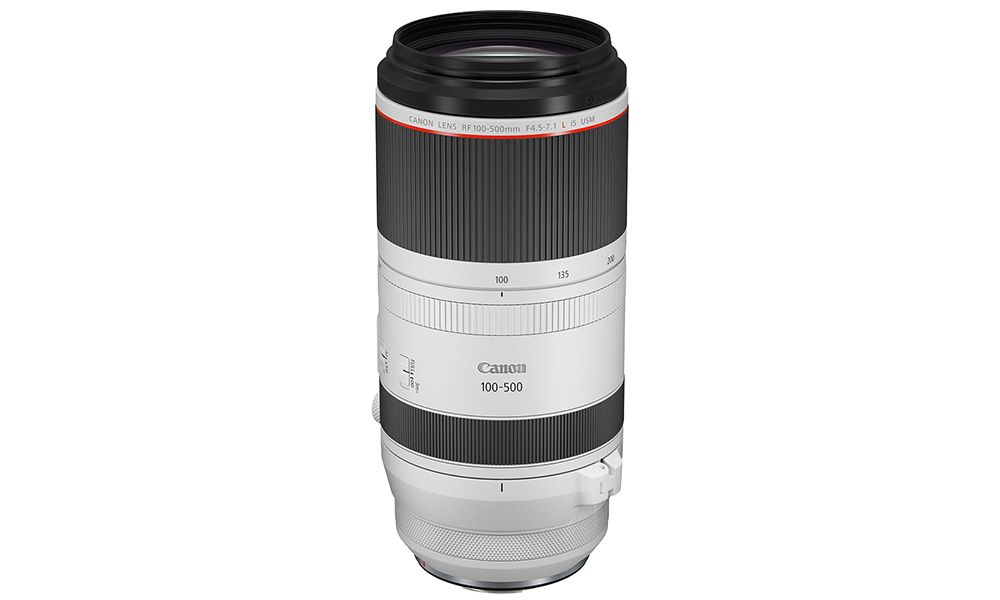
Canon RF 100-500mm f4.5-7.1L IS USM is the ultimate in flexible super-telephoto photography. It has the power to capture sport, wildlife and news images of the highest quality. The lens will go even further with the new 1.4x and 2.0x extenders released today as well. Ideal for a compact travel telephoto kit.
Image Stabilisation: A new benchmark
The five stop IS system helps ensure you create crisp images throughout the zoom range, to the full extension of 500mm. When combined with the EOS R5 and EOS R6 bodies with new IBIS systems, greater levels of stability are possible. Canon have stated that this lens surpasses the best technology in the EF (DSLR) lens range. We are excited to see this in action at Fixation as Canon IS lenses have long been known for their excellent image stabilisation system, used by stills photographers and videographers alike.
L-Series
Canon L-series lenses are built to the highest quality for professional use. Beyond the build the optical elements are made of the best possible materials including six UD (ultra-low dispersion) elements, one Super UD lens, and ASC (Air Sphere) optical coatings for unrivalled contrast and sharpness. The lens has dust and water seals, plus a heat shield coating to make it more durable in extreme conditions.
Dual Nano USM Focus Motor
The Canon RF 100-500mm f4.5-7.1L IS USM lens has two focus motors. One drives the main focus mechanism and the second operates the floating elements which can move counter to the main focusing movement. Floating lens groups correct aberrations and allow for more compact optical designs. The dual motor system allows high speed focus, improved close focus and a relatively compact construction. The Nano USM motors are very precise for excellent locking and tracking focus for stills and video.
RF 100-500mm f4.5-7.1L IS USM launch price £2899
For expert advice on the full Canon range, or to place an order call the Fixation sales team on 0207 582 3294 or email us at sales@fixationuk.com
[gdlr_divider type=”thick” ]
RF 600mm f11 IS STM
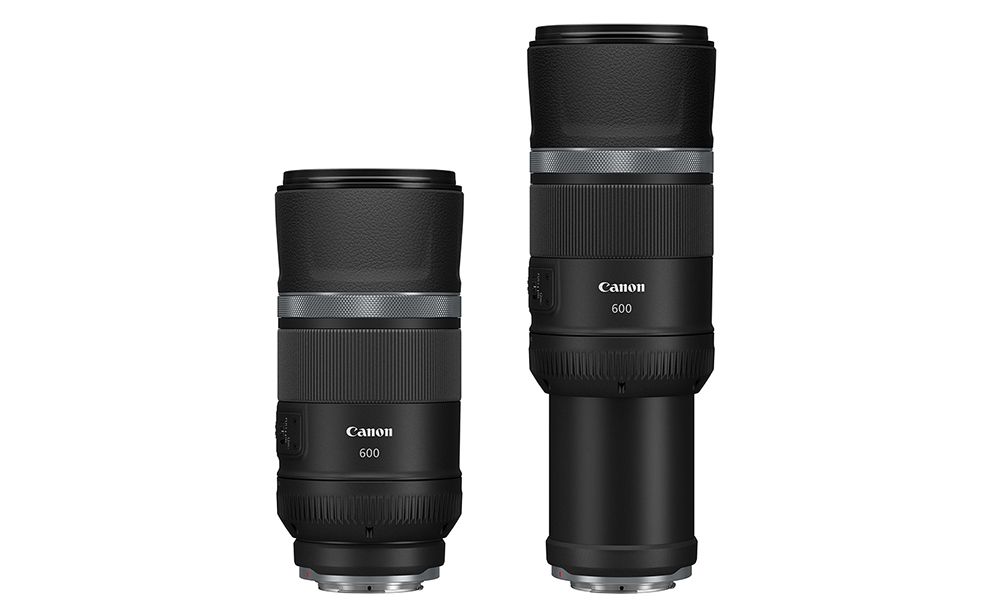
The RF 600mm f11 IS STM lens is part of an interesting new range from Canon within the RF lineup. The 600mm and the 800mm announced today are super-telephoto prime lenses based on DO (Diffractive Optic) lens technology making compact and lightweight lenses that fill the frame with distant subjects.
Diffractive Optics
DO lenses use a fine fresnel lens developed by Canon. Through the use of DO elements Canon can create compact, lightweight lenses with controlled chromatic aberration. At only 930g this lens is a powerful and easily portable telephoto solution. Don’t worry about upgrading your kit bag for a longer lens, the RF 600mm f11 IS STM contracts when not in use to a portable 20cm.
Lens control ring
The Canon RF 600mm f11 STM lens has a control ring for intuitive adjustment of Shutter speed or ISO, without taking your hand from the lens.
A super telephoto lens for all
The very competitive price of this lens makes super-telephoto optics accessible to all photographers who need extra reach.
RF 600mm f11 IS STM launch price £749
The lens hood ET-88B (not included) is £58
For expert advice on the full Canon range, or to place an order call our sales team on 0207 582 3294 or email us at sales@fixationuk.com
[gdlr_divider type=”thick” ]
RF 800mm f11 IS STM
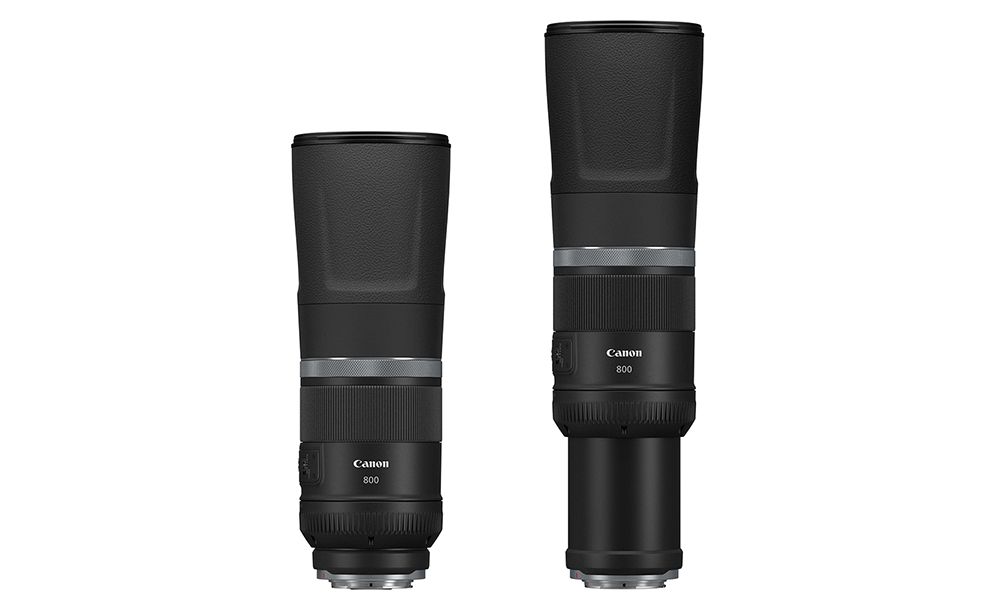
The RF 800mm f11 IS STM is in the same range as the RF 600mm f11 IS lens which was also announced today. Both lenses are incredibly lightweight, compact and affordable.
Image Stabilisation
Record rock-steady stills and video with a 4-stop IS system. The excellent image stabilisation, combined with a light weight of only 1260g, makes hand-held shooting possible.
Quiet STM motor
The STM motor in the RF 800mm f11 IS STM is smooth and quiet so it will not interfere with video recording, ideal for tracking focus while recording video footage of distant wildlife, birds or for aviation photography.
Extreme compact telephoto
When not in use the lens contracts to 281.8mm in length and weighs only 1260g. 800mm is an extremely long lens capable of filling a full frame sensor with distant subjects for safari, aircraft and travel images that benefit from the compression a telephoto lens offers.
RF 800mm f11 IS STM launch price £979
For expert advice on the full Canon range, or to place an order call us on 0207 582 3294 or email us at sales@fixationuk.com
[gdlr_divider type=”thick” ]
Extender RF 1.4x
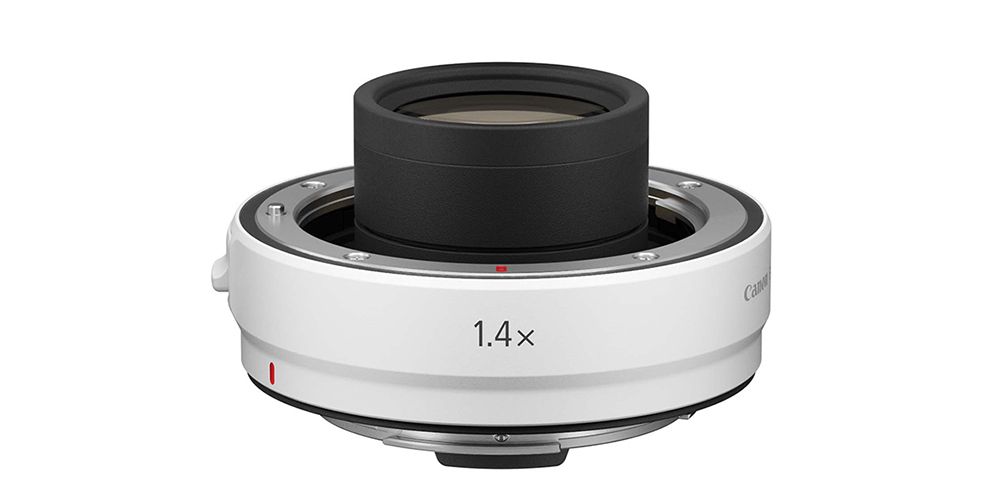
Teleconverters or extenders increase the focal length of lenses. These special optics sit between the body and lens and bridge all communications so that focus and IS systems can operate unhindered.
Extend your vision
The Canon Extender RF 1.4x boosts the focal length of compatible lenses by 1.4x for additional reach. These accessories are a lightweight addition to a photography kit bag that breathes new possibility into capturing distant subjects.
Made for RF lenses
The Extender RF 1.4x is compatible with the RF 100-500mm f4.5-7.1L IS USM with a mechanism to limit the zoom range to 300-500mm so the optics do not come into contact at the shorter end of the zoom. The 100-500mm is then boosted to 420-600mm. Fixed focal length lenses the 600mm and 800mm reach to 840mm and 1120mm focal lengths respectively.
Extender RF 1.4x launch price £559
For expert advice on the full Canon range, or to place an order call our sales team on 0207 582 3294 or email us at sales@fixationuk.com
[gdlr_divider type=”thick” ]
Extender RF 2x
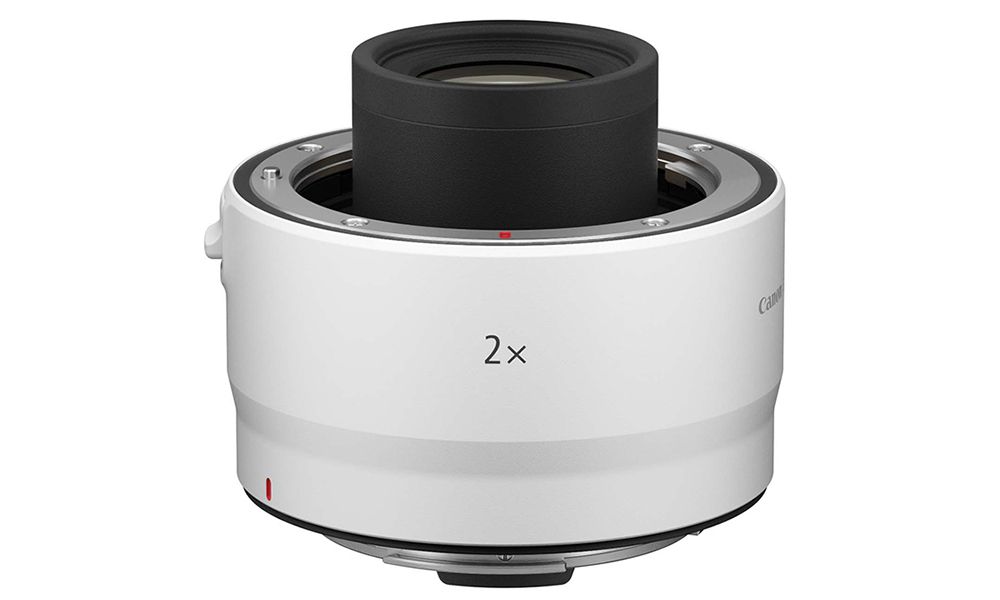
Double the focal length of your telephoto lens with a 2x teleconverter or extender. The Canon Extender RF 2x is made for RF telephoto lenses, to extend your range of options and offer maximum reach.
RF 100-500mm f4.5-7.1 L compatible
The Extender RF 2x safely limits the RF 100-500mm zoom range to 300-500mm to ensure the optics do not clash. The lens is then boosted to a 600-1000mm zoom range.
RF 800mm f11 IS STM Compatible
Boost the focal length of the new RF 800mm lens 2x to create a 1600mm f22
RF 600mm f11 IS STM Compatible
Turn the 600mm f11 into an 1200mm f22mm
Extender RF 1.4x launch price £699
For expert advice on the full Canon range, or to place an order call the Fixation sales team on 0207 582 3294 or email us at sales@fixationuk.com

